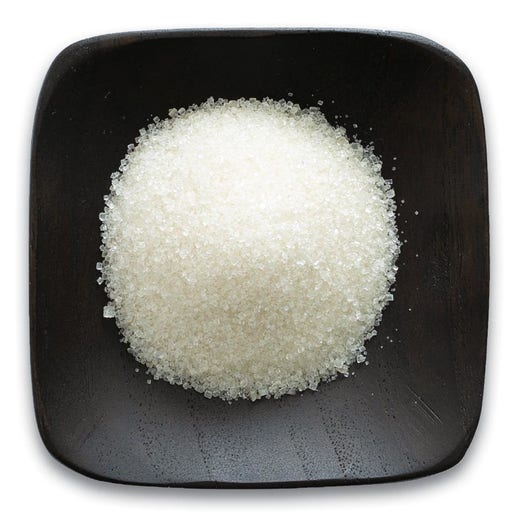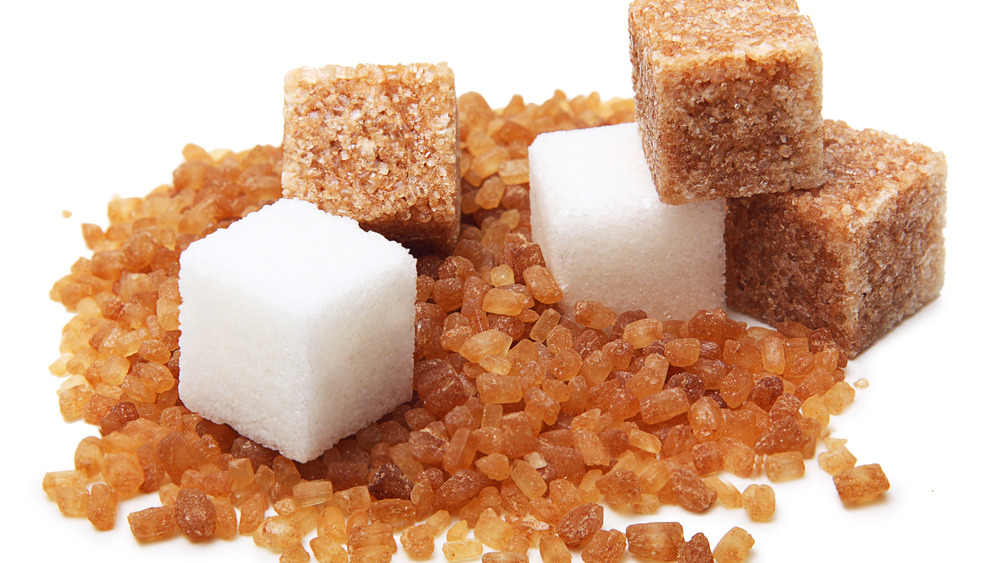A Comprehensive Guide to the Ecological Impact and Sustainability Practices in Cane Sugar Handling
The environmental impact of walking stick sugar handling provides an intricate range of challenges that warrant careful assessment. From soil degradation and excessive water usage to the carbon footprint related to farming and manufacturing, the repercussions of traditional techniques are far-ranging. On the other hand, the adoption of ingenious sustainability procedures uses a path towards extra responsible manufacturing methods. Comprehending the interplay in between these problems is vital for stakeholders in the market. What specific techniques can be carried out to strike a balance between performance and ecological stewardship? The responses lie in a better check out both the obstacles and prospective services.
Introduction of Walking Stick Sugar Handling
Walking cane sugar handling includes a collection of organized actions that change sugarcane right into refined sugar. Initially, harvested sugarcane is transported to processing centers, where it undertakes cleaning to eliminate soil and debris. Following this, the walking cane is squashed to extract juice, which is after that cleared up by getting rid of impurities through home heating and the addition of lime.
The cleared up juice undertakes evaporation, where water is removed to concentrate the sugar web content. This focused syrup is then taken shape with air conditioning, enabling sugar crystals to form. These crystals are divided from the continuing to be syrup using centrifugation, causing raw sugar. To accomplish refined sugar, the raw item goes through additional purification processes, which might include washing and filtering system to remove remaining contaminations and color.
The last item is after that dried out and packaged for distribution. Throughout this whole procedure, maintaining effectiveness and quality control is vital to guarantee the sugar fulfills sector standards. Each action in walking cane sugar processing not just adds to the last product but also has ramifications for resource use and waste generation, setting the stage for conversations on sustainability and ecological impacts connected with sugar manufacturing.
Environmental Obstacles of Production
The manufacturing of cane sugar offers numerous considerable ecological obstacles that warrant interest. One main concern is the extensive usage of agrochemicals, including plant foods and chemicals, which can bring about dirt deterioration, biodiversity loss, and contamination of local water resources. The drainage from sugarcane fields typically carries these chemicals into nearby ecological communities, disrupting water life and impacting the wellness of areas reliant on these water bodies.
One more difficulty is the high power intake connected with sugarcane handling. The boiling and refining phases call for substantial warm, mainly produced by burning nonrenewable fuel sources, contributing to greenhouse gas emissions. Additionally, the extensive acreage needed for sugarcane growing can bring about deforestation and habitat devastation, further worsening environment change and harmful wildlife.
In addition, the labor methods in some areas elevate honest concerns, as workers may face bad working conditions and inadequate earnings. This circumstance often bolsters a cycle of poverty in local communities. Cane Sugar Processing. Addressing these ecological obstacles is vital for developing much more lasting methods in walking stick sugar production, eventually benefiting both the atmosphere and the communities associated with this sector
Water and Land Usage Effect
Water sources and land application are essential parts in the walking stick sugar sector that considerably impact the atmosphere. The farming of sugarcane needs considerable water input, with estimates suggesting that it can eat up to 2,000 litres of water per kilo of sugar created. This extensive use check that water frequently causes exhaustion of neighborhood water resources, influencing not only the sugarcane ranches yet likewise bordering communities and areas that count on the same water resources for farming and residential use.

In addition, land use for sugarcane cultivation can result in logging and the conversion of natural environments right into monoculture haciendas. This method reduces biodiversity, interrupts local ecological communities, and adds to dirt degradation. The expansion of sugarcane fields typically trespasses on valuable farming land, producing competitors for resources between food and biofuel production.
Lasting methods, such as optimizing watering methods and carrying out plant rotation, are necessary to mitigate these impacts. By taking on extra effective water use and land monitoring strategies, the walking cane sugar sector can minimize its environmental footprint, guaranteeing an equilibrium in between agricultural performance and environmental conservation.
Greenhouse Gas Emissions
Greenhouse gas emissions stand for a considerable environmental problem within the walking cane sugar handling sector, especially as farming practices broaden to meet global need. The farming of sugarcane, a plant that flourishes in tropical climates, counts heavily on artificial plant foods and pesticides, which add to nitrous oxide discharges. Additionally, land-use adjustments, consisting of deforestation for brand-new sugarcane haciendas, launch co2 stored in plant life and soil.
Throughout processing, power intake is an additional significant resource of greenhouse gas exhausts - Cane Sugar Processing. Several sugar mills use nonrenewable fuel sources to power equipment and generate heat, leading to significant carbon impacts. Furthermore, the transportation of raw sugarcane and finished products includes layers of emissions with fuel burning in automobiles
This involves evaluating existing agricultural techniques, processing techniques, and transportation systems to identify areas for renovation and mitigation. Attending to greenhouse gas exhausts is necessary for fostering an extra browse around this web-site sustainable walking cane sugar market in an altering climate.

Sustainable Practices and Innovations
Sustainable methods and developments are progressively crucial in the walking cane sugar processing sector as stakeholders seek to reduce ecological effects while maintaining performance. One considerable development is the application of integrated plant administration, which maximizes resource usage by incorporating soil administration, pest control, and plant turning strategies. This strategy boosts yield while lessening chemical inputs and maintaining soil health and wellness.
In addition, the fostering of renewable resource resources, such as biomass from sugarcane deposits, has acquired grip - Cane Sugar Processing. By converting waste items right into power, refining centers can lower their dependence on fossil fuels, thereby reducing greenhouse gas emissions
Water management methods have actually likewise seen enhancements with the recycling and reusing of water in processing plants, significantly lowering freshwater usage. Innovations in innovation, such as precision farming, allow farmers to keep track of crop wellness and resource usage a lot more efficiently, making sure sustainable farming methods.
Furthermore, certification programs like Fair Trade and Rain forest Partnership urge eco liable farming methods and promote social equity within the supply chain. By welcoming these sustainable methods and advancements, the walking stick sugar processing sector can improve its resilience and contribute positively to environmental stewardship.
Final Thought
The ecological influence of walking stick sugar processing presents considerable challenges, including soil deterioration, high water consumption, and greenhouse gas exhausts, along with moral concerns associated to labor practices. Attending to these concerns via sustainable methods, such as integrated crop monitoring, renewable resource adoption, and water recycling, is important. By advertising eco responsible and socially fair techniques in sugar production, the market can alleviate its damaging effects, making certain a much more lasting future for both neighborhoods and ecosystems included in this industry.
Walking cane sugar processing entails a series of methodical steps that transform sugarcane right into polished sugar. Each step in walking cane sugar handling not just contributes to the last product however likewise has effects for resource use and waste generation, establishing the stage for conversations on sustainability and ecological influences associated with sugar production.
Greenhouse gas discharges represent a significant environmental issue within the walking cane sugar processing market, specifically as agricultural techniques expand to satisfy worldwide need.Lasting methods and advancements are increasingly vital in the walking cane sugar processing market as stakeholders seek to lower environmental impacts while keeping productivity.The ecological impact of walking cane sugar processing you can look here offers considerable difficulties, including soil deterioration, high water usage, and greenhouse gas discharges, together with ethical problems associated to labor practices.